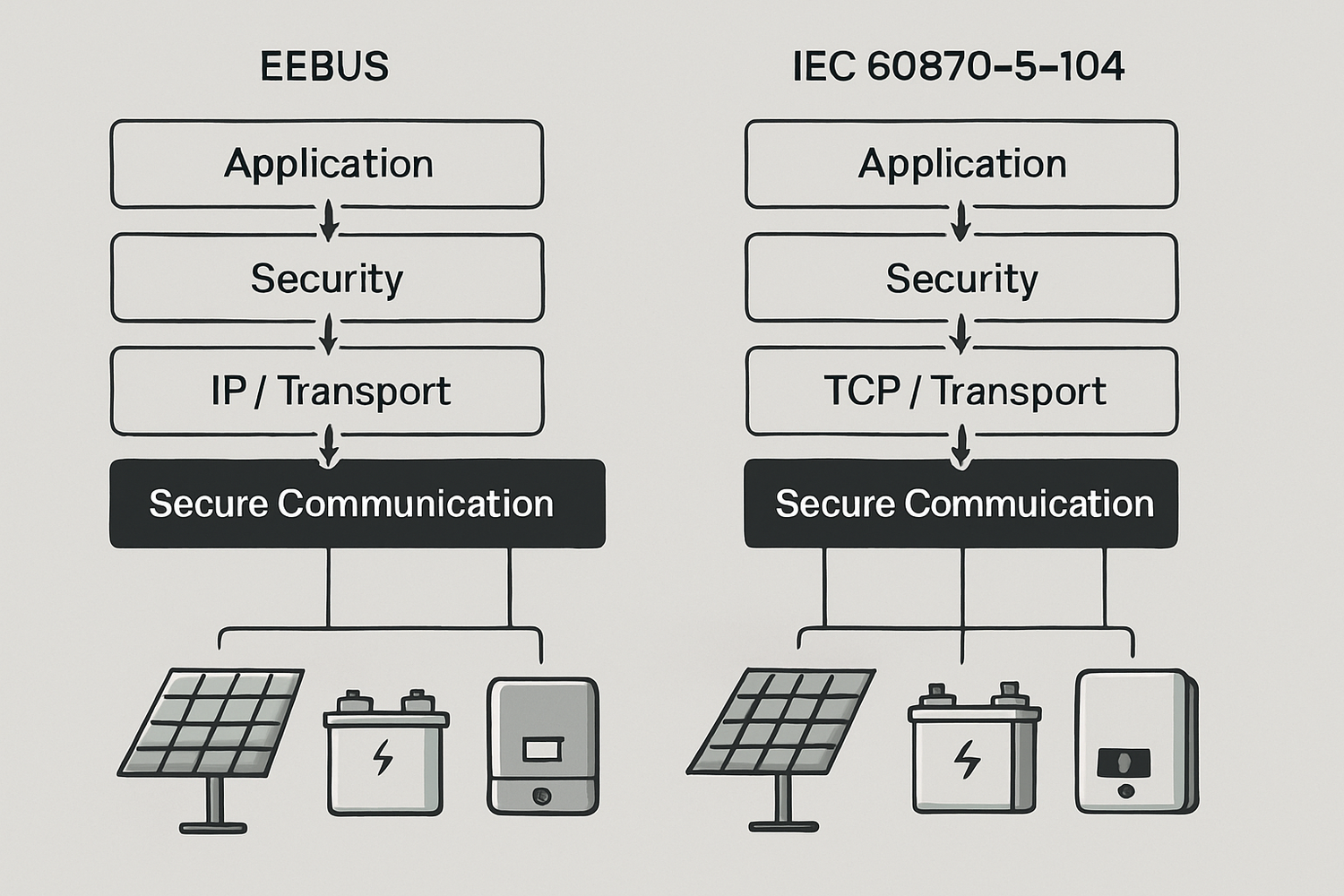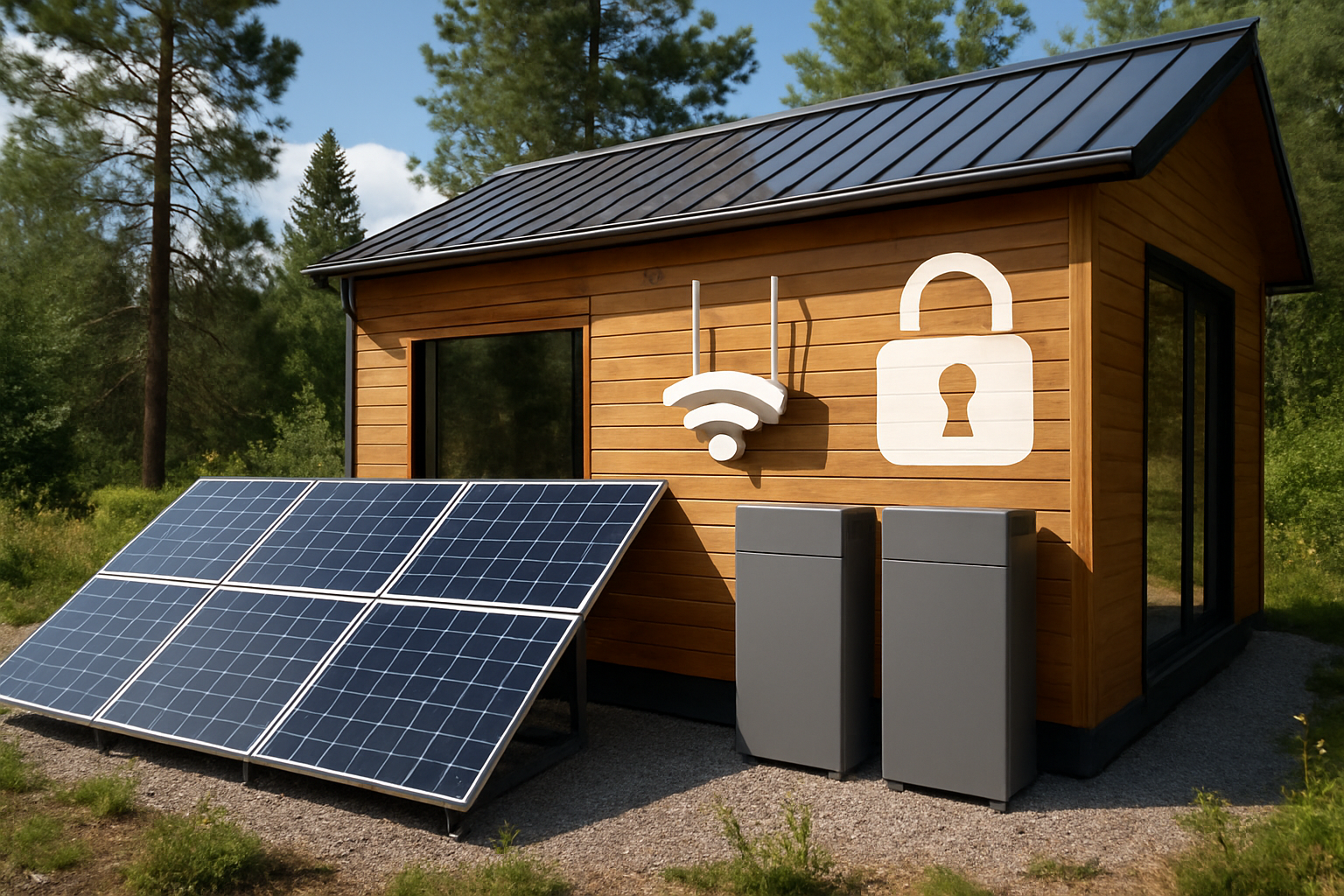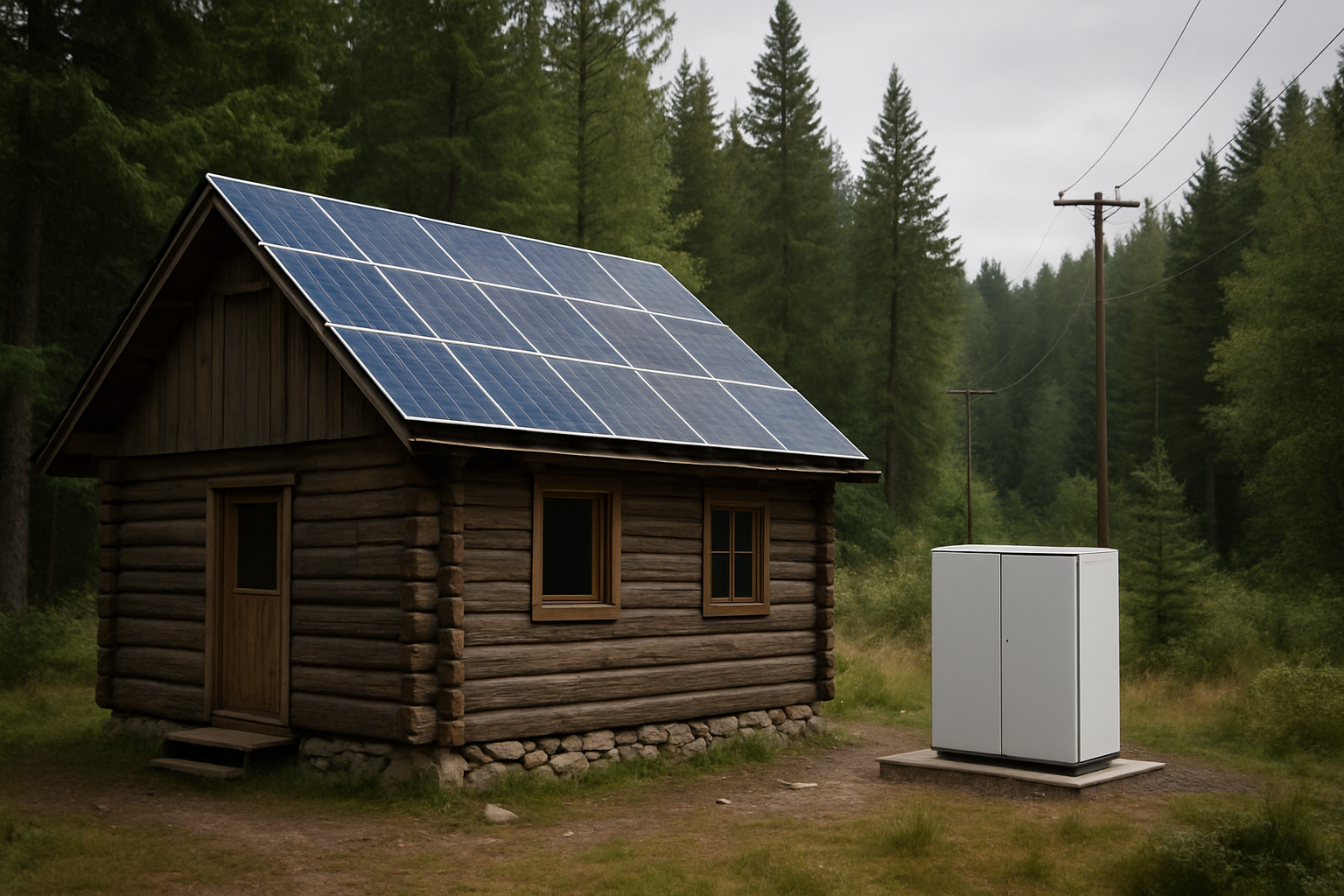Distributed Energy Resources (DER) telemetry systems face unprecedented cybersecurity challenges as network attacks increase 400% annually. Choosing the right communication protocol determines whether your energy infrastructure remains resilient or becomes vulnerable to sophisticated threats. Two protocols dominate the secure DER telemetry landscape: EEBUS and IEC 60870-5-104.
After implementing both protocols across multiple DER installations, I've witnessed firsthand how protocol selection impacts system security, operational efficiency, and long-term maintenance costs. This technical comparison reveals which protocol best serves specific deployment scenarios.

Protocol Architecture Fundamentals
EEBUS: Smart Home Energy Management
EEBUS operates as an application layer protocol designed specifically for residential and commercial energy management systems. The protocol excels in scenarios requiring device interoperability across different manufacturers. According to IRENA's Grid Codes for Renewable Powered Systems, EEBUS represents one of the most commonly supported protocols for DER communication units.
The protocol architecture includes:
- Application-specific messaging for energy devices
- Built-in device discovery mechanisms
- Standardized data models for energy flows
- Native support for demand response functions
IEC 60870-5-104: Industrial-Grade Telemetry
IEC 60870-5-104 extends the proven IEC 60870-5-101 serial protocol to TCP/IP networks, providing robust telemetry capabilities for power system operations. This protocol handles high-volume data transmission with millisecond precision, making it suitable for utility-scale DER deployments.
Key architectural components include:
- Structured data transmission with timestamps
- Command confirmation mechanisms
- Spontaneous data reporting capabilities
- Integrated fault detection and recovery
Security Implementation Comparison
Authentication and Access Control
EEBUS implements device-level authentication through certificate-based security models. Each device maintains unique credentials, enabling granular access control for specific energy management functions. However, the protocol lacks advanced threat detection capabilities found in enterprise-grade systems.
IEC 60870-5-104 provides more comprehensive security frameworks. The protocol supports multiple authentication layers, including user authentication, device certificates, and session-based security tokens. DOE's Energy Networking Technology study emphasizes that zero trust architecture becomes critical for DER cybersecurity, particularly for protocols handling utility-scale communications.
| Security Feature | EEBUS | IEC 60870-5-104 |
|---|---|---|
| Device Authentication | Certificate-based | Multi-layer authentication |
| Data Encryption | TLS 1.2/1.3 | TLS + protocol-specific encryption |
| Session Management | Basic session control | Advanced session monitoring |
| Threat Detection | Limited | Comprehensive anomaly detection |
Network Security Architecture
Both protocols support encrypted communications, but their network security approaches differ significantly. EEBUS relies primarily on standard TLS encryption for data protection, suitable for residential installations with limited attack surfaces.
IEC 60870-5-104 implements additional security layers beyond basic encryption. The protocol includes message authentication codes, sequence number validation, and connection state monitoring. These features prove essential for utility-scale deployments where communication failures can impact grid stability.
Performance and Scalability Analysis
Data Throughput Capabilities
EEBUS handles moderate data volumes efficiently, typically processing 50-100 data points per second per device. This capacity suits residential energy storage systems and small commercial installations where real-time control requirements remain modest.
IEC 60870-5-104 demonstrates superior throughput performance, managing thousands of data points per second across multiple concurrent connections. IEA's System Integration of Renewables report highlights how real-time telemetry becomes crucial for VRE integration, particularly as dispatch intervals reduce from 15 to 5 minutes in markets like ERCOT.
Latency and Response Times
Network latency directly impacts DER control effectiveness. EEBUS typically achieves response times between 100-500 milliseconds for standard operations, adequate for demand response and load management applications.
IEC 60870-5-104 delivers sub-100 millisecond response times for critical control functions. This performance advantage becomes essential for frequency regulation services and emergency grid response scenarios where every millisecond counts.
Implementation Considerations
Cost and Complexity Factors
EEBUS offers lower implementation costs due to simplified device integration requirements. Most modern hybrid inverters and energy storage systems include native EEBUS support, reducing deployment complexity for residential installations.
IEC 60870-5-104 requires more sophisticated infrastructure investments. Protocol gateways, dedicated communication servers, and specialized monitoring software increase initial costs. However, these investments deliver long-term operational benefits through enhanced reliability and security.
Regulatory Compliance
Regional regulations influence protocol selection significantly. IRENA's analysis shows that China mandates DL/T 634.5.104 (based on IEC 60870-5-104) for medium voltage DER communications, while allowing more flexibility at low voltage levels.
European markets increasingly favor IEC 61850-based solutions, though both EEBUS and IEC 60870-5-104 maintain compliance pathways. Understanding local grid code requirements prevents costly retrofits during system expansion phases.
Making the Right Protocol Choice
Residential and Small Commercial Applications
EEBUS excels in residential energy management scenarios where device interoperability and cost-effectiveness take priority. The protocol's native support for smart home integration makes it ideal for systems combining solar panels, battery storage, and electric vehicle charging.
Choose EEBUS when:
- System capacity remains below 100kW
- Device interoperability across manufacturers is required
- Implementation costs must be minimized
- Advanced cybersecurity features are not critical
Utility-Scale and Critical Infrastructure
IEC 60870-5-104 becomes the preferred choice for utility-scale DER deployments requiring robust security and high-performance telemetry. The protocol's proven track record in power system operations provides confidence for mission-critical applications.
Select IEC 60870-5-104 when:
- System capacity exceeds 500kW
- Real-time grid services participation is required
- Advanced cybersecurity features are mandatory
- Integration with existing SCADA systems is needed
Future-Proofing Your DER Communications
Protocol evolution continues as cybersecurity threats intensify and grid modernization accelerates. DOE's cybersecurity research emphasizes that national DER capacity will quadruple by 2025, requiring coordinated security approaches across the energy industry.
Both EEBUS and IEC 60870-5-104 maintain active development communities addressing emerging security challenges. However, IEC 60870-5-104's broader industrial adoption provides greater long-term stability for large-scale investments.
Consider hybrid approaches for complex deployments. Many successful DER installations use EEBUS for local device coordination while implementing IEC 60870-5-104 for utility communications. This strategy optimizes both local efficiency and grid integration capabilities.
The protocol choice you make today determines your system's security posture, operational capabilities, and expansion possibilities for the next decade. Evaluate your specific requirements against each protocol's strengths to ensure optimal long-term performance.





Leave a comment
All comments are moderated before being published.
This site is protected by hCaptcha and the hCaptcha Privacy Policy and Terms of Service apply.